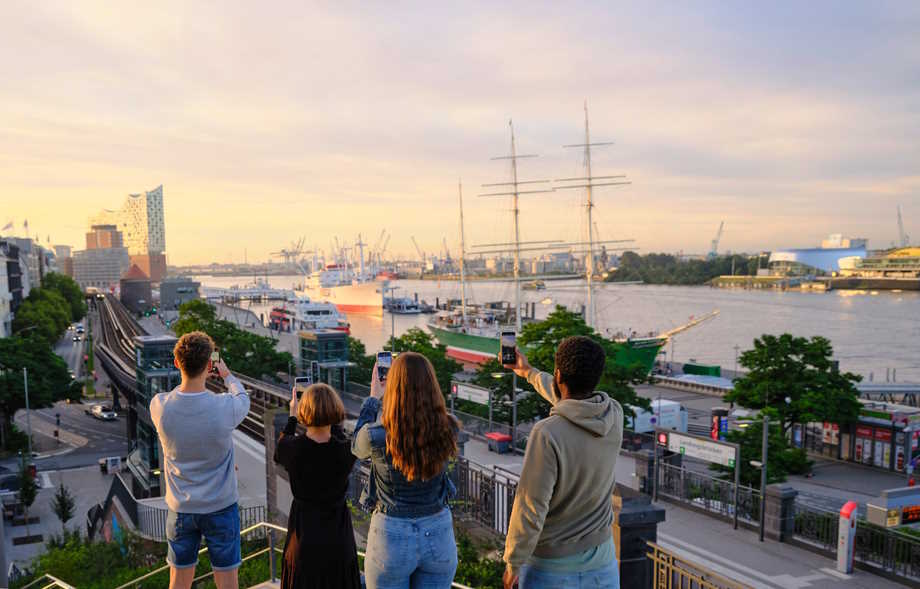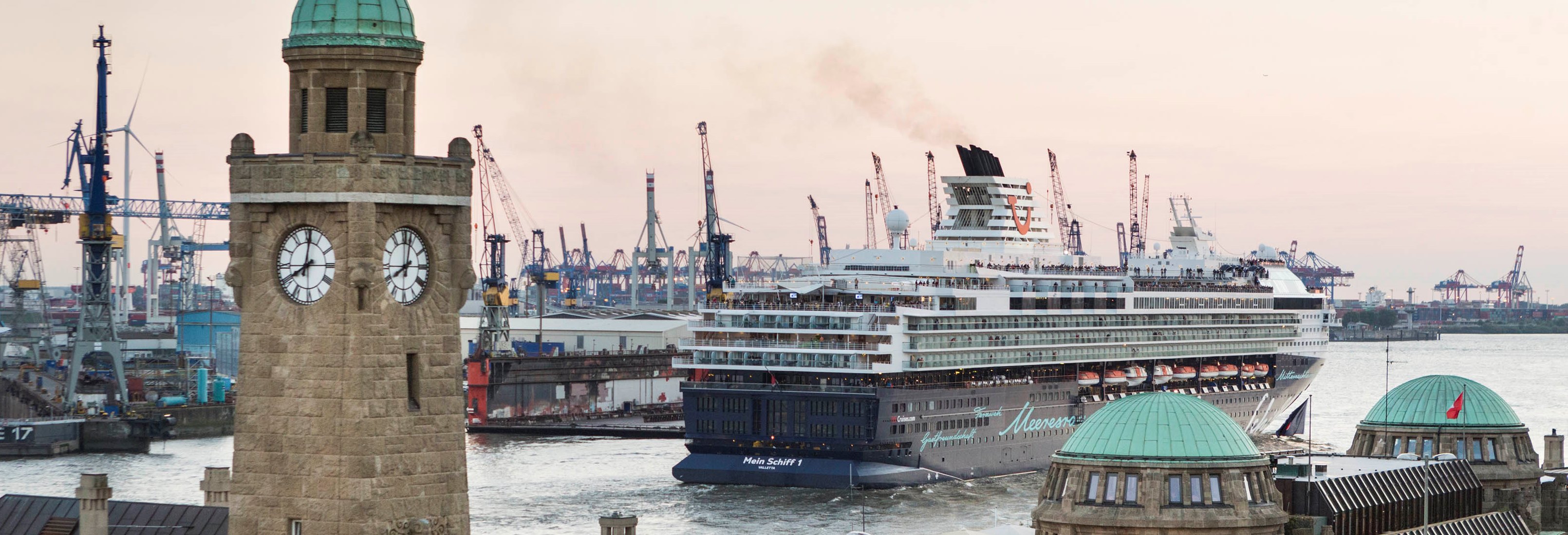Hamburg's brand strategy

The Hamburg brand represents both city and region - both internally and externally, because a strong place brand plays an ever-increasing role in the future viability of places in a globalized and digitized world. In Germany, Hamburg is demonstrably the strongest place brand. In order to keep it that way, after 2004, 2009 and 2015, in 2022 we have again thoroughly researched the perception of Hamburg at home and abroad. For the first time, we not only surveyed almost 4,000 people which attractions and functional attributes are particularly valued, but also what emotional characteristics, values and attitudes are attributed to Hamburg.
The panels describe Hamburg as energetic, cosmopolitan and future-oriented. They perceive Hamburg as a place that conveys a feeling of freedom and connection with the world and where there is always something new to discover.
The maritime attractions are still the most important magnets in Hamburg - across all target groups. Port, Elbe and water remain the focus of the sights. The Elbphilharmonie is also increasingly becoming Hamburg's landmark. Talents and international guests also see it as a symbol of Hamburg's courage and future orientation, entrepreneurs above all a strengthening of Germany as a cultural location.
In addition to the top sights, the dominant strengths of Hamburg were determined from the survey:
- Diverse leisure activities
- Unique mix of music, entertainment and party scene around the Reeperbahn
- Varied and creative cultural offerings
- Combination of tradition and modernity
- Historic place for free speech
- Diverse learning opportunities
- Wide range of companies and sectors
- Strong start-up scene
- Creative starting point for new ideas
- Special landscapes and water
Hamburg's new brand manual explains the strategy derived from these findings as well as the guidelines for future brand work. The brand will appear connected and curious. It welcomes contrasts and focuses on people. The manual is a practical guide for anyone representing the city of Hamburg. It shows how Hamburg as a brand conveys a unified and coherent image. This should enable everyone to represent the Hamburg brand and to communicate its identity in all its facets.

